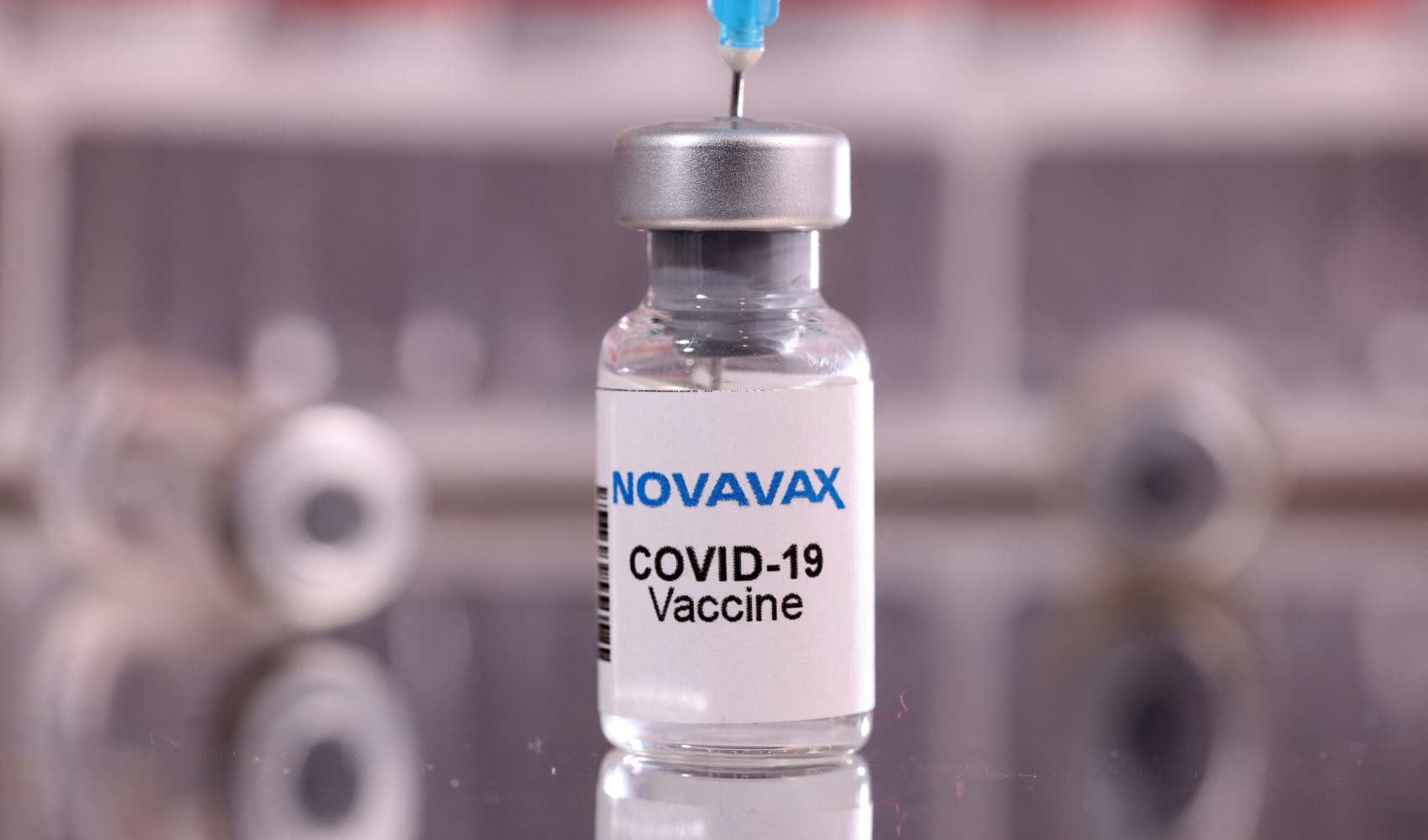The thrill of victory takes more these days than skill, desire and lots of practice. Increasingly, it also takes having a doctor on your side.
That's because the baby boomer generation is the first generation to embrace sports as a lifetime pursuit. So now we've got millions of amateur athletes engaged in some sport, many of them beginning at age three, and continuing through their 70's. And that leads to more sports injuries.
"There are now competitive leagues for players 30, 40, 50 and 60 years old, and you see that in almost every sport that you can name. That was unheard of a generation ago," saidDr. Preston Wolin, director of sports medicine at the Neurologic and Orthopedic Hospital of Chicago.
In fact, over a four year span, there's been a 50% increase in knee and hip replacement surgeries among baby boomers aged 45 to 64, according to a survey by the American Academy of Orthopaedic Surgeons. And there's also been an explosion in organized sport among the very young.
"When I was little I was always running around, jumping," said Jessica Rizzi. She began gymnastics training when she was just three years old. Now at age 17, she's been competing throughout the country. But at a price. She's torn her knee, and broken her leg and her ankle. Modern medicine and therapy have allowed her to continue.
"Surgery has evolved over time," said Dr. Kathy Weber, the director of women's sports medicine at Rush University Medical Center. "We can do things that we could not do maybe 30 yerars ago."
The solution to the injury problem is not to quit competing, according to Dr. Weber and Dr. Wolin. But first, they say, get good advise from doctors and trainers who specialize in your sport. Often it involves strengthening parts of the body you might not think are involved in the sport. It takes an expert to spot the weak point.
Health
"Throwing a ball doesn't just occur with your arms. You actually have to transfer the energy from the ground up from your legs, your hip, your trunk and your back," said Dr. Wolin.
And children, especially, need parents and coaches who know when enough training, is enough.
"The kids need to have time to recover and spending sometimes six to eight hours in the gym for four or five days a week is overuse activity," said Dr. Weber. "What we don't want to do is be injured but we also don't want to burn the kids out."



